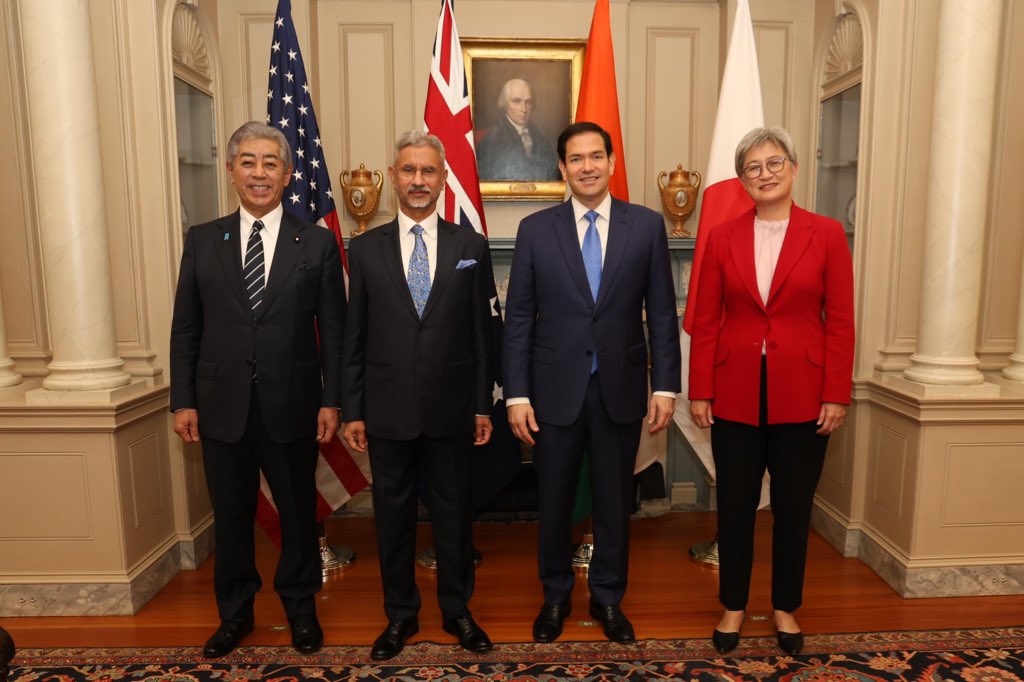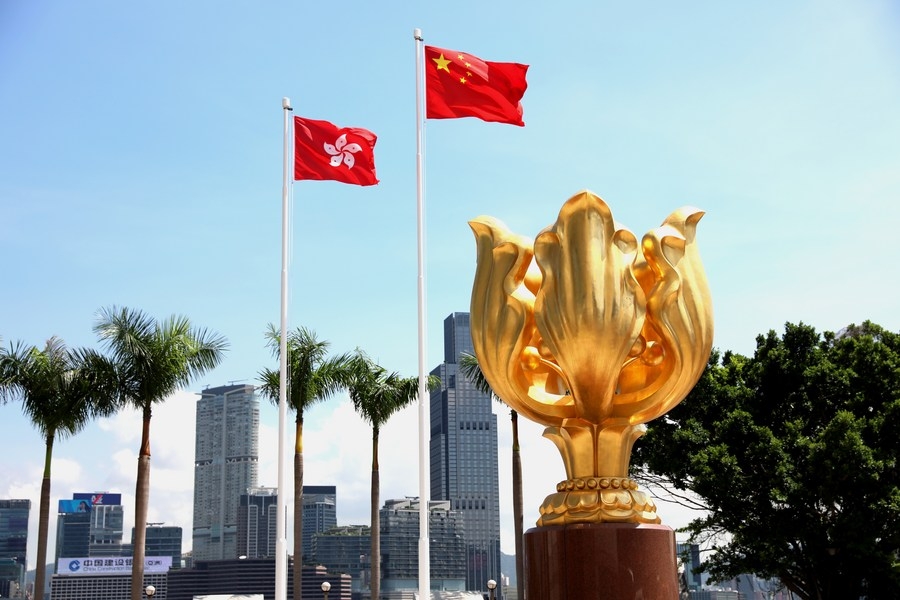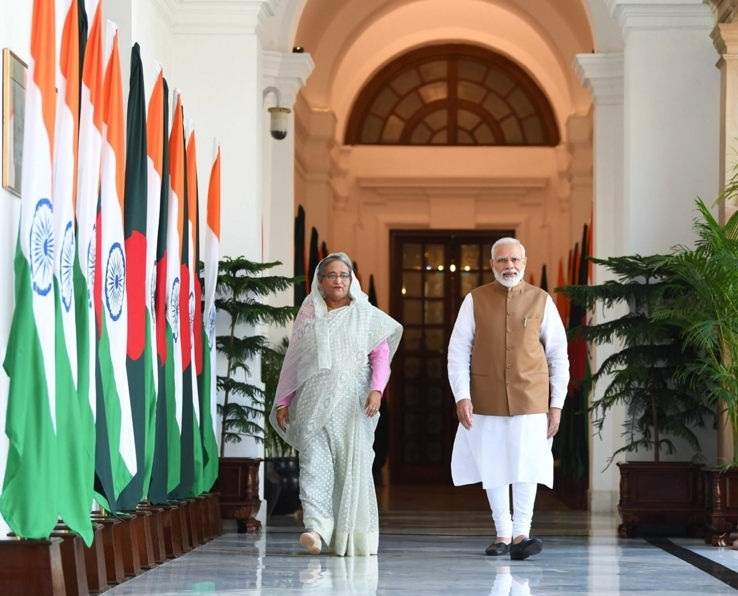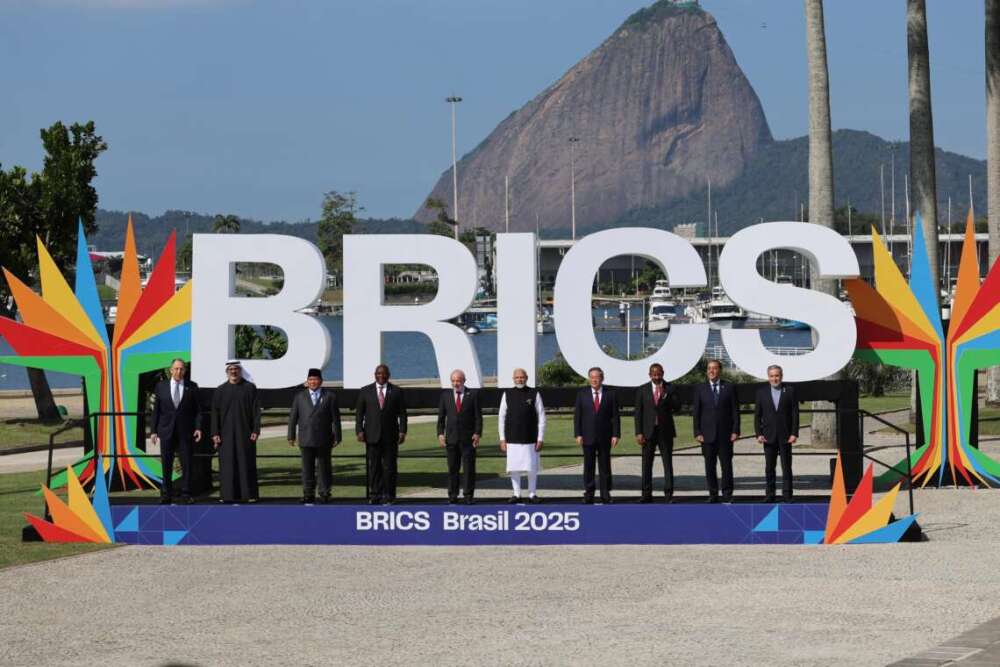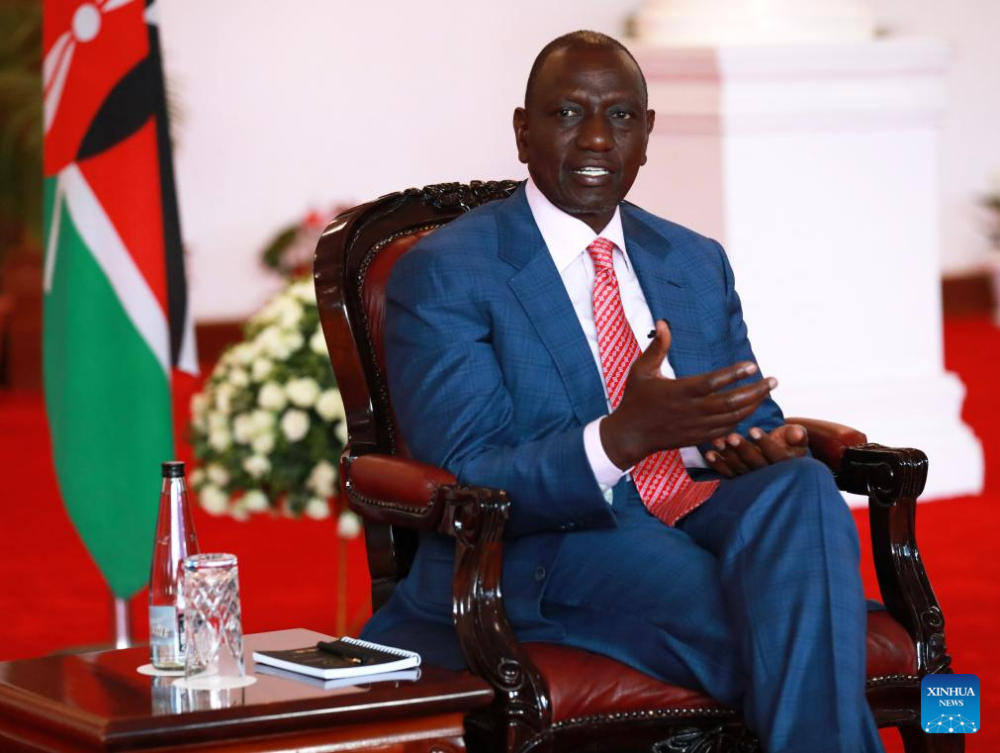Harbin Z-9 anti-submarine warfare helicopter was tracked in the southeast sector of ADIZ….reports Asian Lite News
Taiwan tracked 13 Chinese military aircraft and three naval vessels around the country between 6 am on Sunday and 6 am on Monday, reported Taiwan News.
Taiwan’s Ministry of National Defense (MND) said that 13 People’s Liberation Army Air Force (PLAAF) military aircraft and three People’s Liberation Army Navy (PLAN) vessels had been tracked around Taiwan. One of the detected aircraft entered the southeast section of Taiwan’s air defence identification zone (ADIZ), reported Taiwan News.
Harbin Z-9 anti-submarine warfare helicopter was tracked in the southeast sector of ADIZ.
The MND said it monitored the situation and responded by scrambling combat patrol aircraft, dispatching naval vessels, and deploying land-based air defence missile systems, reported Taiwan News.
According to the Center for Strategic and International Studies, grey zone tactics are “an effort or series of efforts beyond steady-state deterrence and assurance that attempts to achieve one’s security objectives without resort to direct and sizable use of force.”
Since September 2020, China has increased its use of grey zone tactics by routinely sending aircraft into Taiwan’s ADIZ.
So far in March, Beijing has sent 325 military aircraft and 101 naval vessels around Taiwan. Since September 2020, China has increased its use of grey zone tactics by routinely sending aircraft into Taiwan’s ADIZ, reported Taiwan News.
Meanwhile, the US on Friday urged China to cease its military, diplomatic and economic pressure against Taiwan, and instead engage in meaningful dialogue.
“We urge Beijing to cease its military, diplomatic, and economic pressure against Taiwan and instead engage in meaningful dialogue with Taiwan,” said US Department of State Principal Deputy Spokesperson Vedant Patel during a press briefing on Friday. He said: “The US will continue to support a peaceful resolution of cross-strait issues consistent with the wishes and the interests of the people of Taiwan.”
“And of course, we will go about this in coordination with our important allies and partners, of which of course the Republic of Korea is one of them. And we will keep coordinating with friends and allies across the Indo-Pacific to advance what we believe is our shared prosperity and security values, including preserving peace and stability across the Taiwan Strait,” Patel said.
The Group of Seven (G7) foreign ministers recently declared that peace and stability were an “indispensable element” of global security while reiterating their call to China to behave responsibly as a member of the international community.
In a joint statement issued after a three-day meeting at Karuizawa in central Japan, the foreign ministers emphasized: “There is no change in the basic positions of the G-7 members on Taiwan.”
Expressing concern about the situation in the East and South China Seas, the ministers from Britain, Canada, France, Germany, Italy, Japan and the United States, plus the European Union, opposed China’s “militarization activities” in the region.
The G-7 joint statement comes in the wake of French President Emmanual Macron’s remarks during his recent visit to China where he said that Europe should not become a “follower” of either Beijing or Washington and avoid getting involved in any conflict between the two countries over Taiwan.
The communique issued by the G-7 ministers after the meeting in Japan read, “We remain seriously concerned about the situation in the East and South China Seas. We strongly oppose any unilateral attempts to change the status quo by force or coercion. There is no legal basis for China’s expansive maritime claims in the South China Sea, and we oppose China’s militarization activities in the region.” (ANI)




